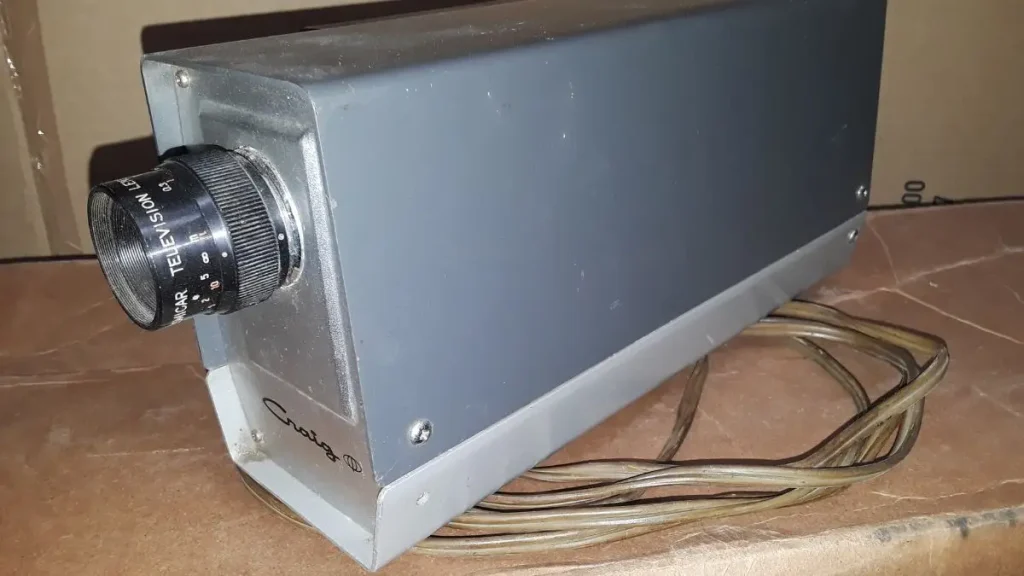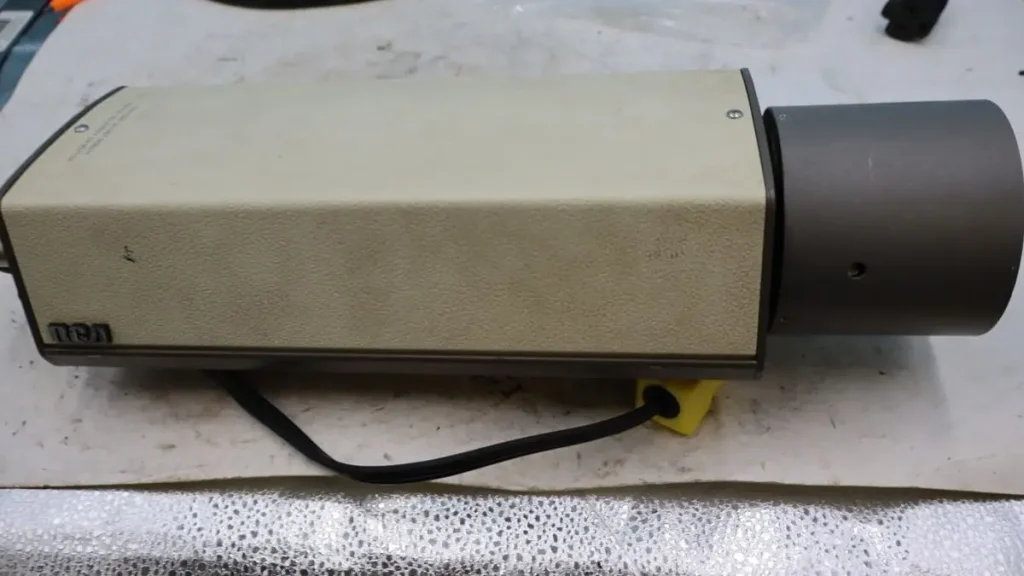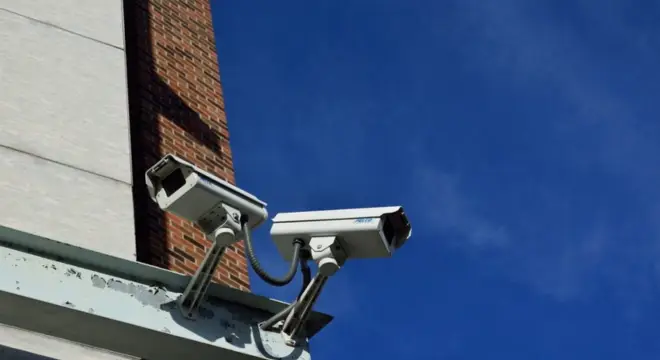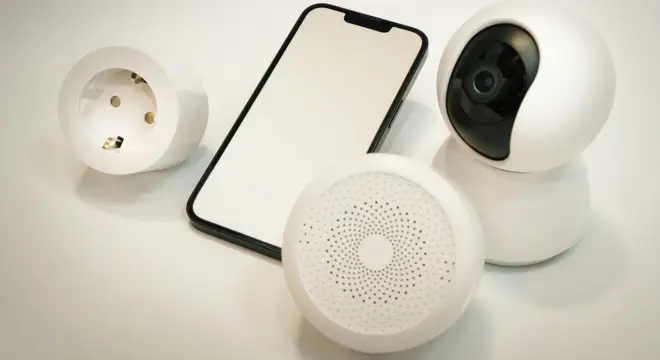This Woman’s Invention Protects Millions of Homes – Why Don’t We Know Her?
Most of us lock our doors at night, maybe even check a video feed from our phones. But have you ever wondered who first came up with that idea? Not a tech giant. Not a Silicon Valley startup. It was a Black nurse from Queens, New York—Marie Van Brittan Brown.
In 1966, long before “smart homes” were even a thought, Marie built something no one had seen before: a system that let her see who was at the door, talk to them, and call for help—without ever opening it.
And she didn’t do it in a lab. She did it in her own living room, trying to protect her family from rising crime in her neighborhood while working night shifts as a nurse. This wasn’t just an invention. It was survival.
That’s why I’m writing this. Because when I searched her name, what I found were short blog posts, textbook blurbs, and a few tweets. But none of them really told you who she was, what she created, or why her story still matters today.
So let’s fix that.
Life in 1960s Queens: The Catalyst for Innovation
Picture this: it’s the mid-1960s in Queens, New York. Crime rates are climbing. Police response times are slow, especially in Black neighborhoods. If you’re a woman home alone—especially at night—calling for help often means waiting. And hoping.
Marie Van Brittan Brown lived this reality every day.
She worked irregular hours as a nurse, often returning home late. Her husband, Albert, an electronics technician, wasn’t always home either. So, Marie started asking the kind of questions that most people just ignore:
“What if someone dangerous shows up at my door?”
“What if I don’t open it—but they don’t leave?”
“What can I do without risking myself?”
There weren’t any real answers at the time. Home security wasn’t a thing unless you were rich. And even then, it was just locks and hope.
That’s the part most people skip over in her story.
This wasn’t just about technology. It was about being a Black woman in 1960s America—dealing with fear, neglect, and a system that didn’t show up when you needed it most. So, Marie and Albert decided to build their own solution.
No headlines. No fanfare. Just survival, and a deep need to feel safe.
The Invention: A Detailed Look at the 1966 Home Security System

Now let’s talk about what Marie actually built—because this wasn’t just a peephole or a door chain. It was the blueprint for every smart doorbell and surveillance system we use today.
Here’s how it worked:
She designed a system that used four peepholes at different heights in the front door—so whether the visitor was tall, short, or crouching, she could see them.
Behind those peepholes? A motorized camera. It slid up and down on a track and sent the image to a monitor inside the house. She could see who was there without opening the door.
But she didn’t stop there.
Marie added a two-way microphone system so she could talk to the person outside. And just in case things got dangerous, she included a panic button that called the police immediately.
She and her husband filed a patent for the system in 1966. It was granted in 1969—U.S. Patent No. 3,482,037. That patent is still referenced today in modern surveillance tech.
This wasn’t a DIY gimmick. It was a serious, functional, and ahead-of-its-time system built by someone who just wanted to protect her home. And that’s the genius of it.
The Patent Journey: Recognition and Challenges
Filing a patent in 1966 wasn’t simple—especially if you were a Black woman in America. Even with a brilliant, working system, Marie Van Brittan Brown didn’t receive instant recognition or media coverage. In fact, it took three years for the patent to be approved.
Think about that.
By the time U.S. Patent No. 3,482,037 was granted in 1969, home security was still seen as a niche concern, mostly for businesses or the wealthy. Marie’s invention didn’t make her famous. It didn’t make her rich, either. Most of the early press was quiet. Most tech companies? Silent.
And yet—her design quietly shaped the future.
Over time, her system inspired a wave of modern security innovations, including push-button alarms, intercoms, surveillance monitors, and eventually, the video doorbells we use today. Even now, tech patent databases like Google Patents and the U.S. Patent Office still cite her work as foundational.
But recognition? That came late. And lightly.
No national honors. No tech awards. Just a slow, overdue acknowledgment from historians and a few security industry insiders decades later.
Legacy and Impact: From Brown’s System to Modern Security Solutions

If you’ve ever used a Ring doorbell, checked a live camera feed from your phone, or hit a panic button on a smart alarm—Marie Van Brittan Brown helped make that possible.
She didn’t just invent a device. She started a movement.
Her original system laid out the exact structure that today’s home security companies still follow:
→ Surveillance
→ Communication
→ Emergency response
In fact, many of today’s patents for video surveillance and intercom-enabled doorbells still reference hers as prior art—meaning, legally and technically, she did it first.
And here’s something most articles miss: it wasn’t just tech that changed. It was how we think about safety. Marie’s idea made it okay—smart, even—to be cautious, to be proactive, to protect your space on your own terms.
Today, the global home security market is worth over $70 billion. And yet, very few people know it all started in a small apartment in Queens, with a nurse who just wanted to feel safe at home.
Even big names in the industry—like the Security Industry Association (SIA)—have only recently started honoring her.
Overlooked Contributions: The Intersection of Race, Gender, and Innovation
Let’s be honest—if Marie Van Brittan Brown had been a white male engineer working at a tech company, you probably would’ve learned about her in school.
But she wasn’t.
She was a Black woman. A nurse. A working-class mother inventing quietly from her living room in 1960s America. That combination—race, gender, and class—meant her contributions didn’t fit the usual “inventor” narrative. So history left her out.
Even now, most people in the tech or security space don’t know her name. Her patent gets cited, yes. But does anyone know where it came from? Not really.
And that’s the problem.
She created something revolutionary out of necessity—and yet she was left off the stage, while others built businesses off her blueprint. Her recognition mostly came decades later, in short blurbs during Black History Month or surface-level tweets. Like this one:
“Marie Van Brittan Brown was the inventor of the first home security system… Brown’s security system was the basis for the two-way communication and surveillance features of modern security.”
There’s no shame in being late to learn about her. But there is a responsibility to tell the story right, now that we know better.
If you missed the headlines, here’s what we know so far about the Kentucky man who opened fire on a Florida vacationer and allegedly abducted a woman in Sarasota County.
Honoring Marie Van Brittan Brown’s Legacy
Let’s be clear: Marie Van Brittan Brown didn’t just invent something useful—she changed the way we think about safety, privacy, and control in our homes.
And yet, most people only find her name in a quick Black History Month graphic or a social media tribute. That’s not enough. Her story deserves more than a post. It deserves presence—in history books, in tech timelines, and in the minds of the people who benefit from her work every day.
Because when you think about it, Marie built a system that gave people something deeply human: the power to say,
“I see you. I hear you. But I deciThat’s not just technology. That’s empowerment. Especially for a Black woman in 1960s America.
So if you use a camera doorbell…
If your app lets you talk to visitors before opening the door…
If you’ve ever felt safer because of the tools you installed at home…
You’re living in the world Marie imagined.de if you get in.”
Conclusion
Marie Van Brittan Brown didn’t wait for someone else to fix the problem. She saw a gap in her own life—a real risk—and solved it with ingenuity and courage. That’s what makes her more than just the inventor of home security systems. She’s a reminder of how innovation often starts at home, with people who are rarely given credit.
So the next time you check your security camera, remember: it wasn’t Silicon Valley that brought that idea to life first.
It was a nurse from Queens who just wanted to come home safe.
And she made sure others could too.
Disclaimer: This article is for informational purposes only. All facts are based on publicly available sources and verified records at the time of writing. If any detail requires correction, we welcome respectful feedback.


